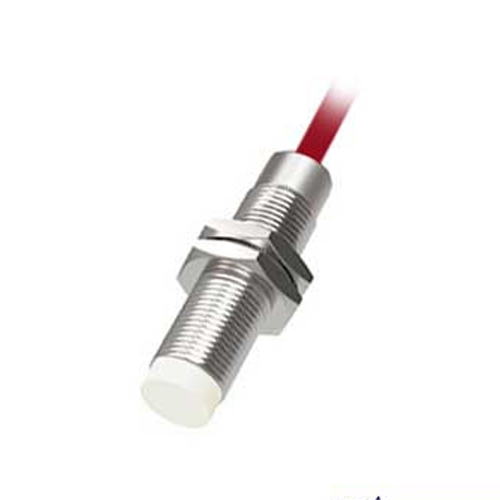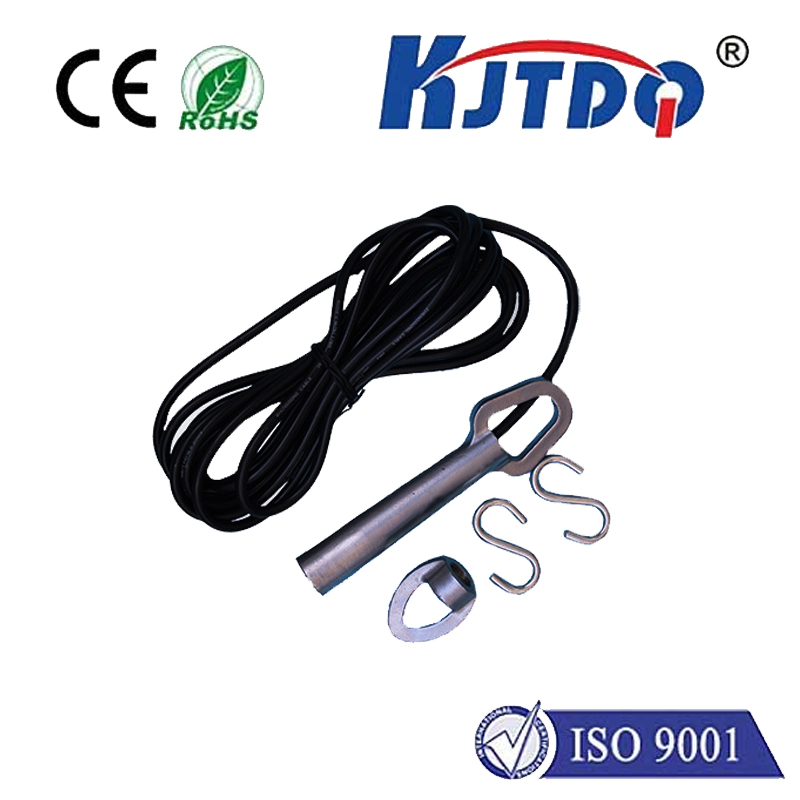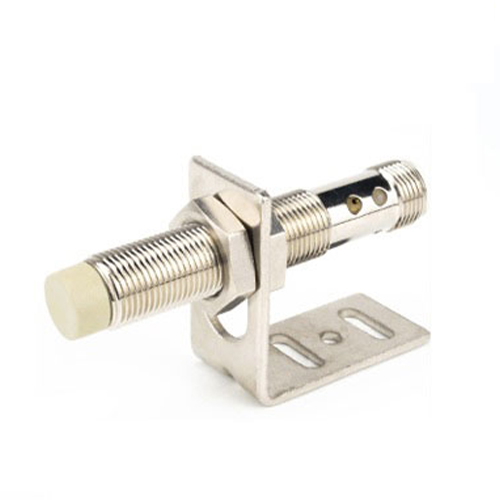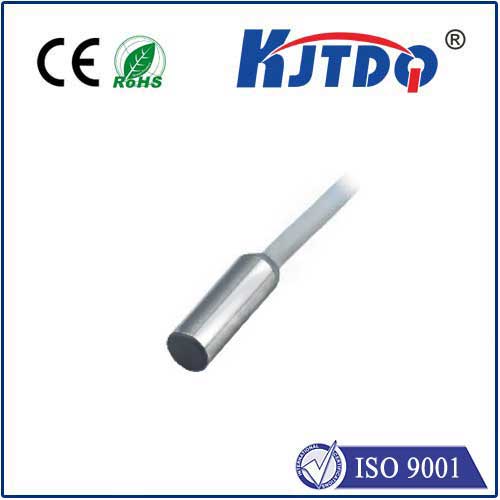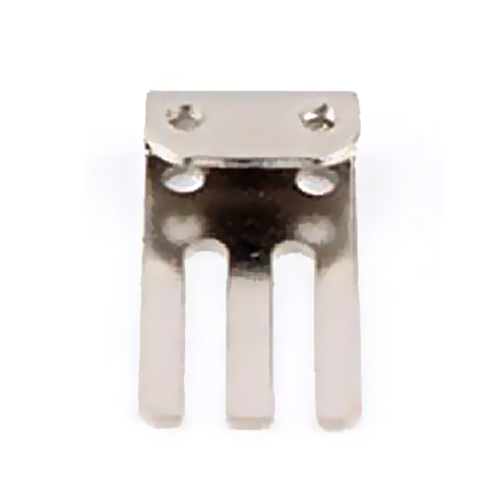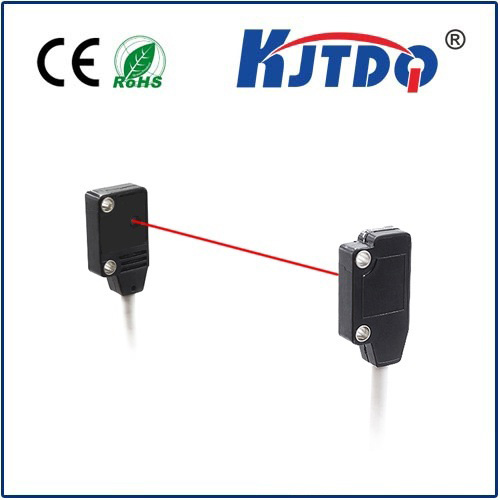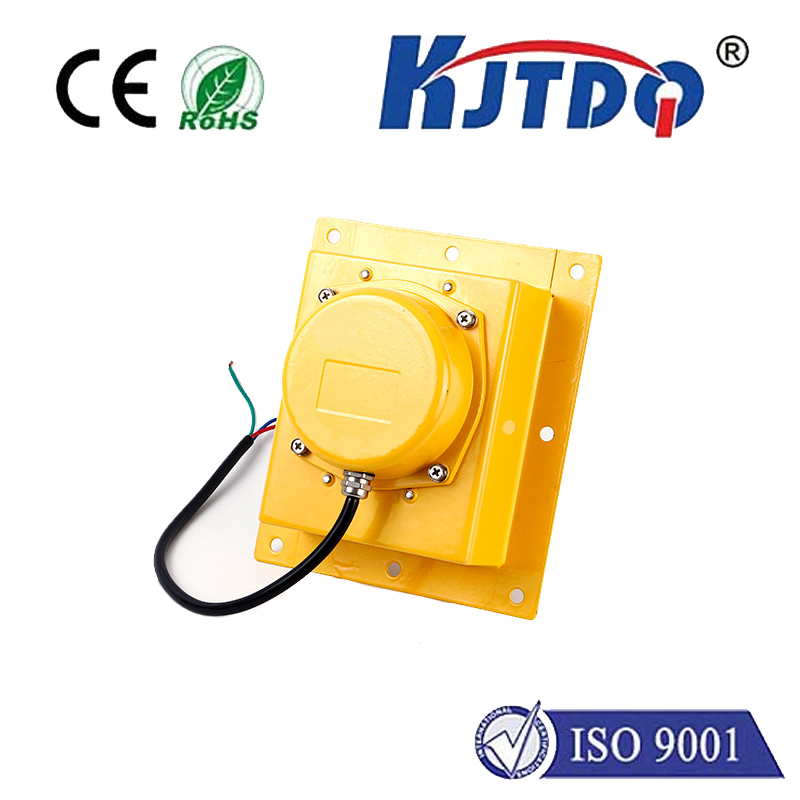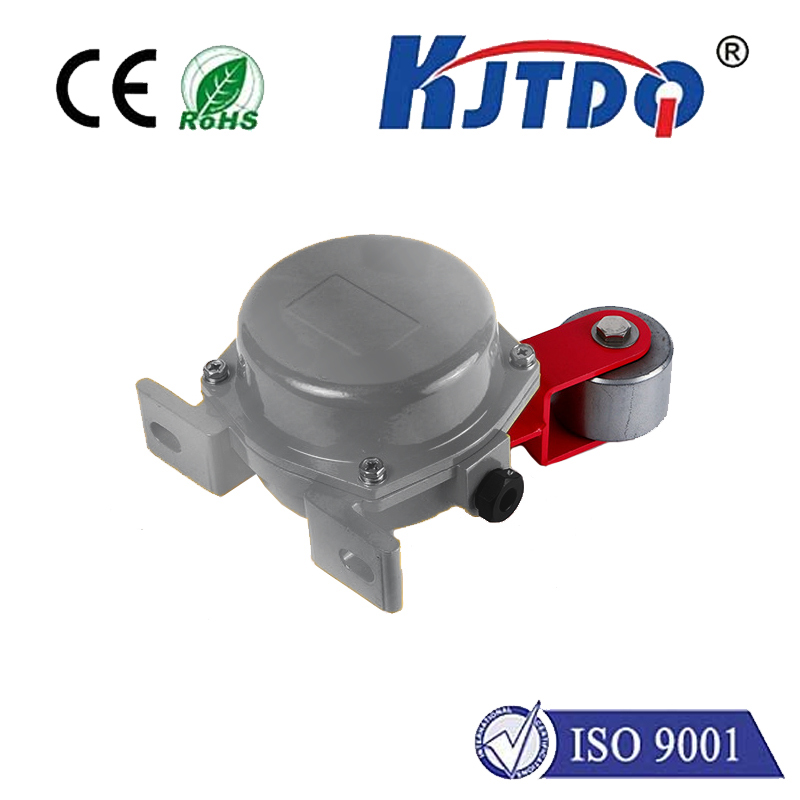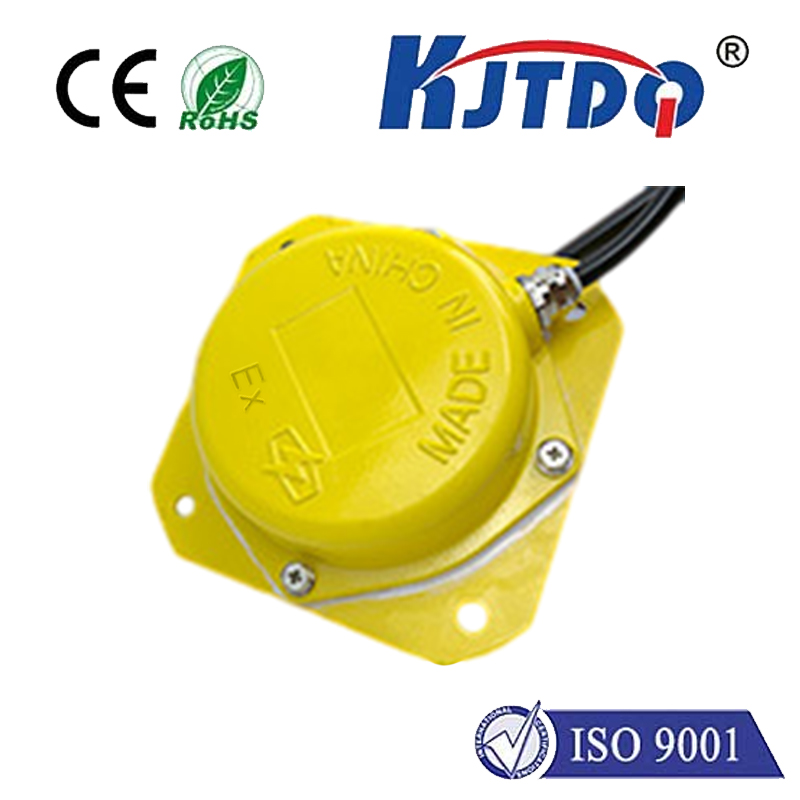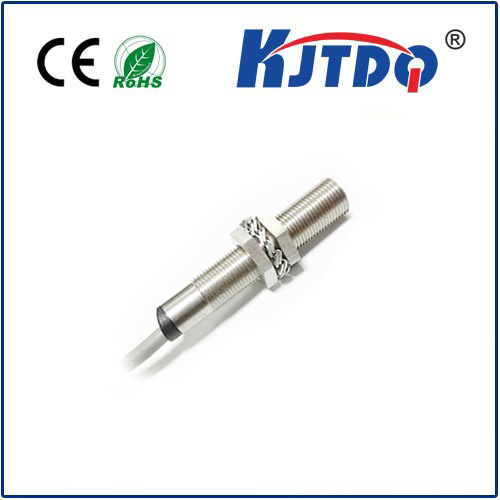In the intricate dance of modern automation and machinery, sensing is the silent conductor. Among the diverse cast of sensors ensuring seamless operation, the rectangular proximity sensor stands out, not just for its distinctive shape, but for the unique capabilities it brings to complex industrial environments. Moving beyond the common cylindrical form factor, these robust devices offer tailored solutions where space, detection range, and specific mounting demands converge.
Beyond the Cylinder: Why Rectangular?
The most obvious difference is the physical profile. While traditional cylindrical sensors excel in countless applications, rectangular proximity sensors provide distinct geometric advantages. Their elongated, flat-sided design allows for installation in tight or constrained spaces where a round sensor simply wouldn’t fit, particularly alongside conveyor edges, within narrow machine slots, or against flat surfaces requiring low-profile mounting. The larger face area, compared to a cylinder of similar width, often enables the integration of more powerful sensing elements or sophisticated electronics within the same rugged housing.
Engineering for Robustness and Performance
Manufactured to withstand the rigors of industrial life, these sensors are typically housed in materials like stainless steel or nickel-plated brass. This robust construction provides exceptional resistance to impact, vibration, corrosive chemicals, and challenging environmental conditions like dust, oil, and coolants – common in manufacturing plants, packaging lines, and food processing facilities. Their IP67 or IP69K ingress protection ratings are standard, ensuring reliable operation even under washdown conditions.

Magnetic Field Mastery: The Sensing Core
Rectangular proximity sensors operate on the same fundamental principles as their cylindrical counterparts, primarily inductive sensing for metal targets, though capacitive variants exist for non-metallics. However, the rectangular shape inherently shapes the generated electromagnetic field differently. This often results in a sensing field that is optimized for longer ranges along the sensor’s length compared to a similarly sized cylinder. Crucially, rectangular sensors frequently feature an asymmetric sensing field. This means the effective sensing distance is significantly greater perpendicular to the face of the sensor compared to sensing from the side. This focused detection characteristic is immensely valuable for precise positioning and avoiding unintended triggers from adjacent machinery or passing objects.
Key Strengths Driving Adoption
The combination of form and function delivers compelling benefits:
Where Rectangular Proximity Sensors Shine
Their unique attributes make them the preferred choice in numerous demanding scenarios:
Selecting and Integrating Effectively
Choosing the right rectangular proximity sensor requires careful consideration:
Installation involves securely mounting the sensor, often utilizing integrated mounting holes or brackets, ensuring proper alignment with the target path. Crucially, respect the asymmetric sensing field: position the sensor so the target approaches perpendicularly to its face for maximum range. Always connect wiring according to the manufacturer’s diagram, adhering to electrical safety standards and protecting cables from damage. Adjust sensitivity if needed, typically through potentiometers available on some models.
The Future is Shaped Right
As automation demands grow increasingly complex, requiring smarter solutions within tighter footprints and harsher conditions, the role of specialized components like the rectangular proximity sensor becomes more vital. Their ability to deliver reliable, long-range detection in challenging spatial configurations positions them as essential tools for engineers designing the next generation of efficient, robust, and intelligent machinery. Offering a compelling blend of durability, extended range, and space-saving design, these sensors are far more than just a differently shaped housing; they are engineered solutions unlocking new levels of operational efficiency and reliability where traditional sensors reach their limits.
